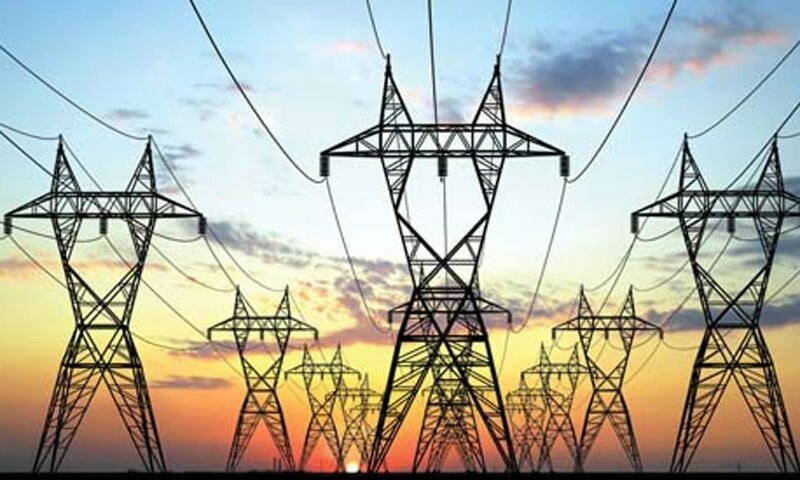An analysis of the history and causes of the electricity crisis in Pakistan makes it clear that this issue is the result of failed government policies, imbalanced investment from the private sector, and poor implementation of reforms recommended by international financial institutions.
In the 1990s, international financial institutions encouraged Pakistan to attract private sector investment to address the electricity shortage in the country. During this period, the government took various steps, including allowing private companies to generate electricity by privatizing several functions of the Water and Power Development Authority (WAPDA). The goal was to increase production capacity through private sector involvement and to provide better services to the public.
During this period of private sector involvement, the government signed “take-or-pay” agreements with Independent Power Producers (IPPs). Under these agreements, the government was required to make payments to these companies regardless of whether the electricity was used or not. These agreements proved to be financially burdensome for the government because it had to pay even if the electricity was not utilized, which increased the strain on the budget.
Although these measures increased electricity production capacity, there was not sufficient focus on improving the transmission system. As a result, the electricity generated could not reach consumers fully. The problem became even more complex when the government continued to allow new IPPs despite the existing excess production capacity, leading to increased capacity without the necessary improvements in the transmission system, causing additional electricity to fail to reach consumers.
The government exempted IPPs from taxes and provided them with additional incentives, creating a favorable environment for the private sector but increasing the financial burden on the public. Additionally, rising fuel prices and the depreciation of the rupee also contributed to increased electricity tariffs. The government had to bear the burden of circular debt under the guise of electricity subsidies, which continued to grow.
The solution to all these issues lies in improving the transmission system, ensuring transparency in agreements, and implementing comprehensive policies. It is crucial that the government does not only focus on increasing production capacity but also ensures that the generated electricity reaches consumers. To achieve this, it is necessary to improve the transmission system, reduce circular debt, and stabilize electricity prices to provide affordable and reliable electricity to the public.Cpd/rr
Altaf Choudhry
04.09.2024



Leave a Reply